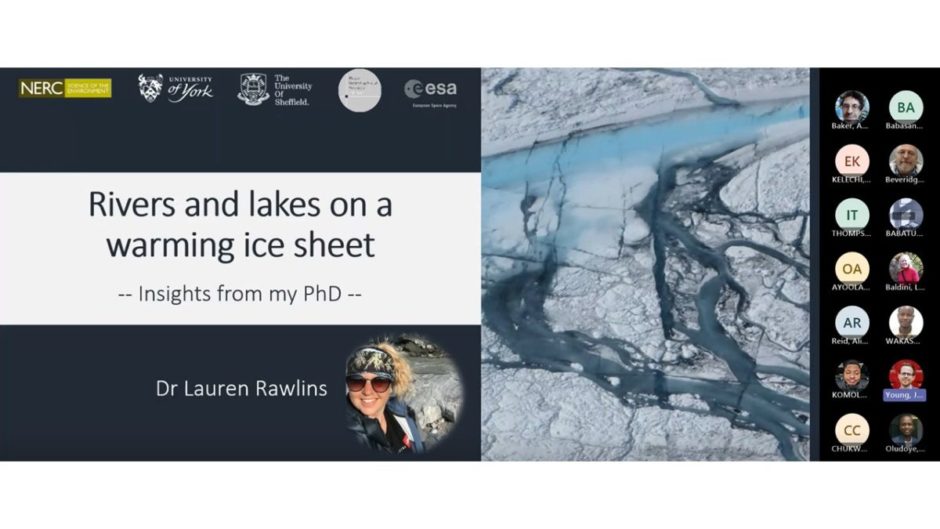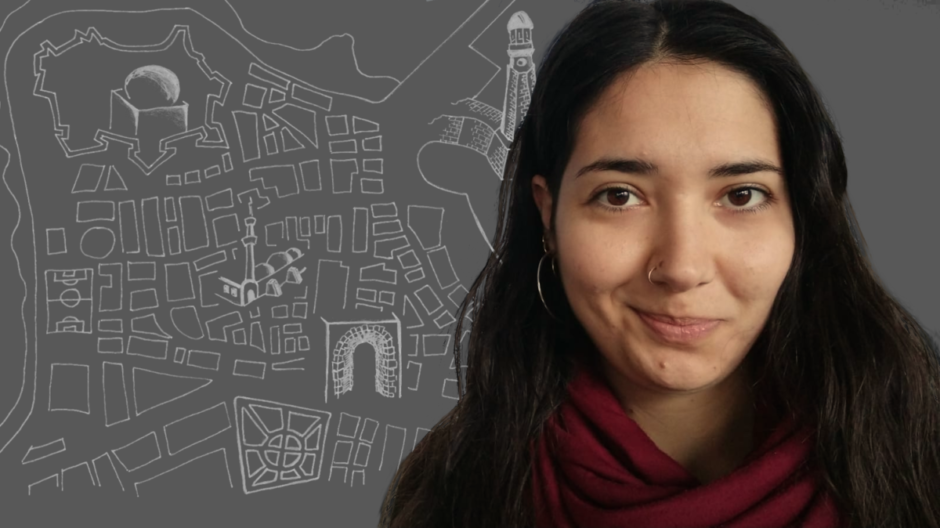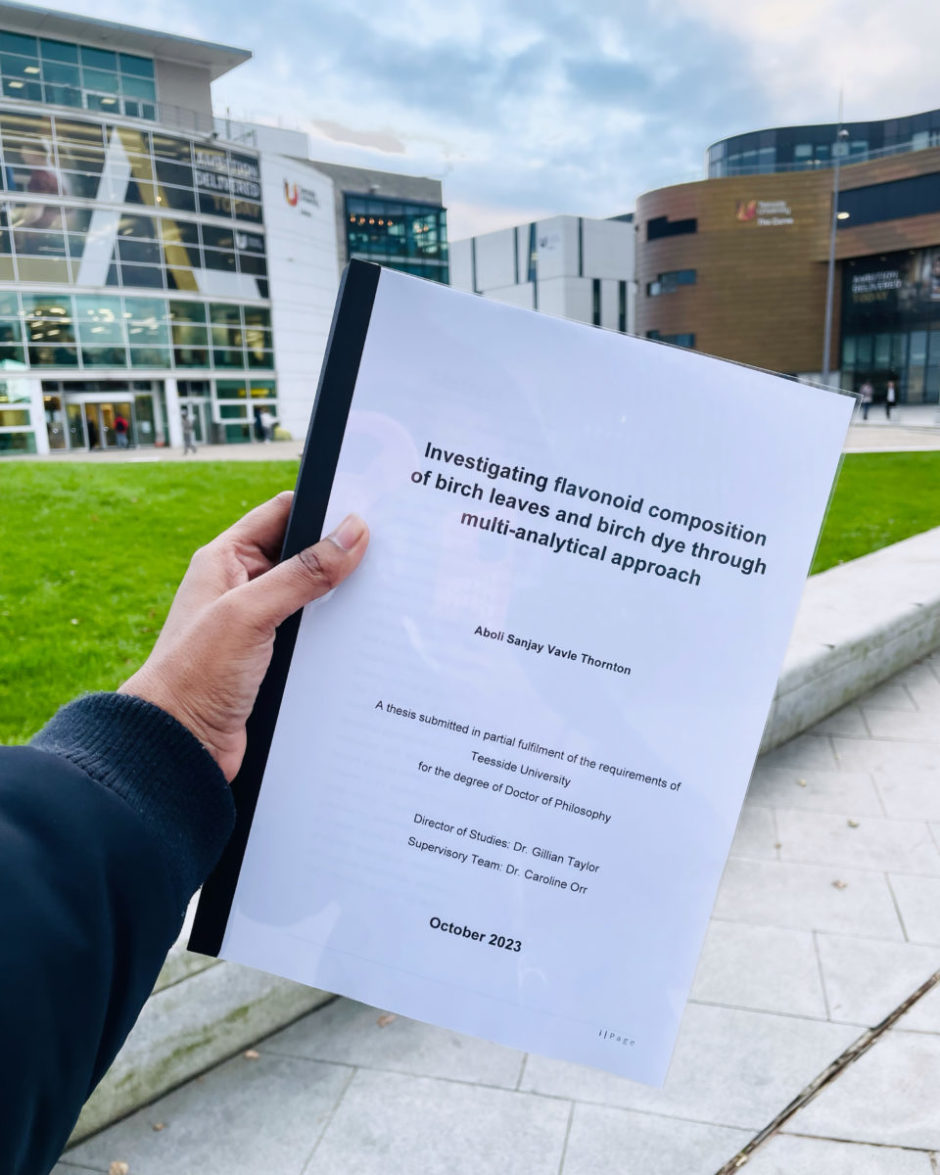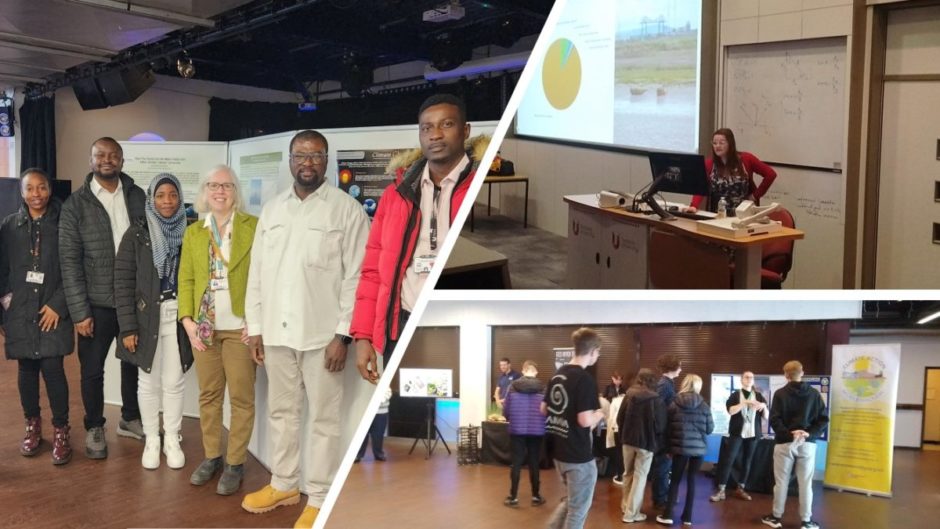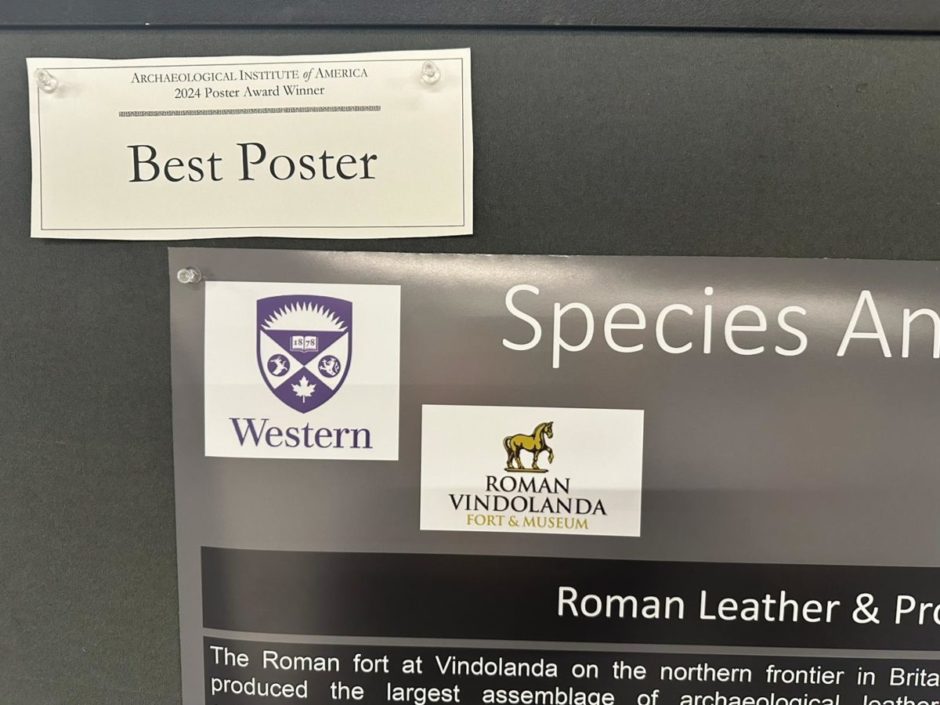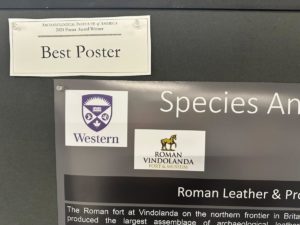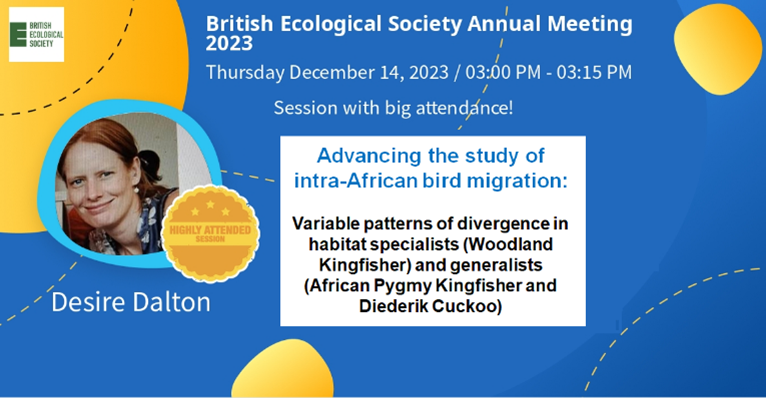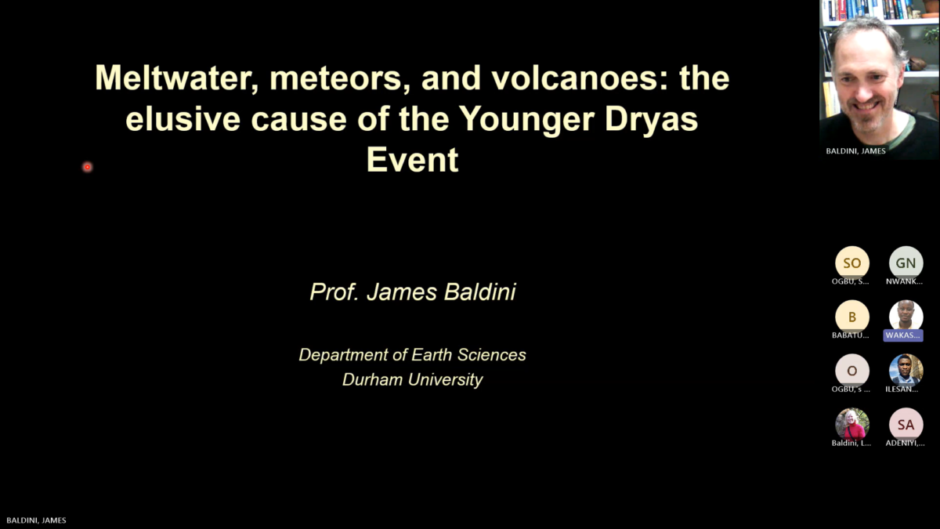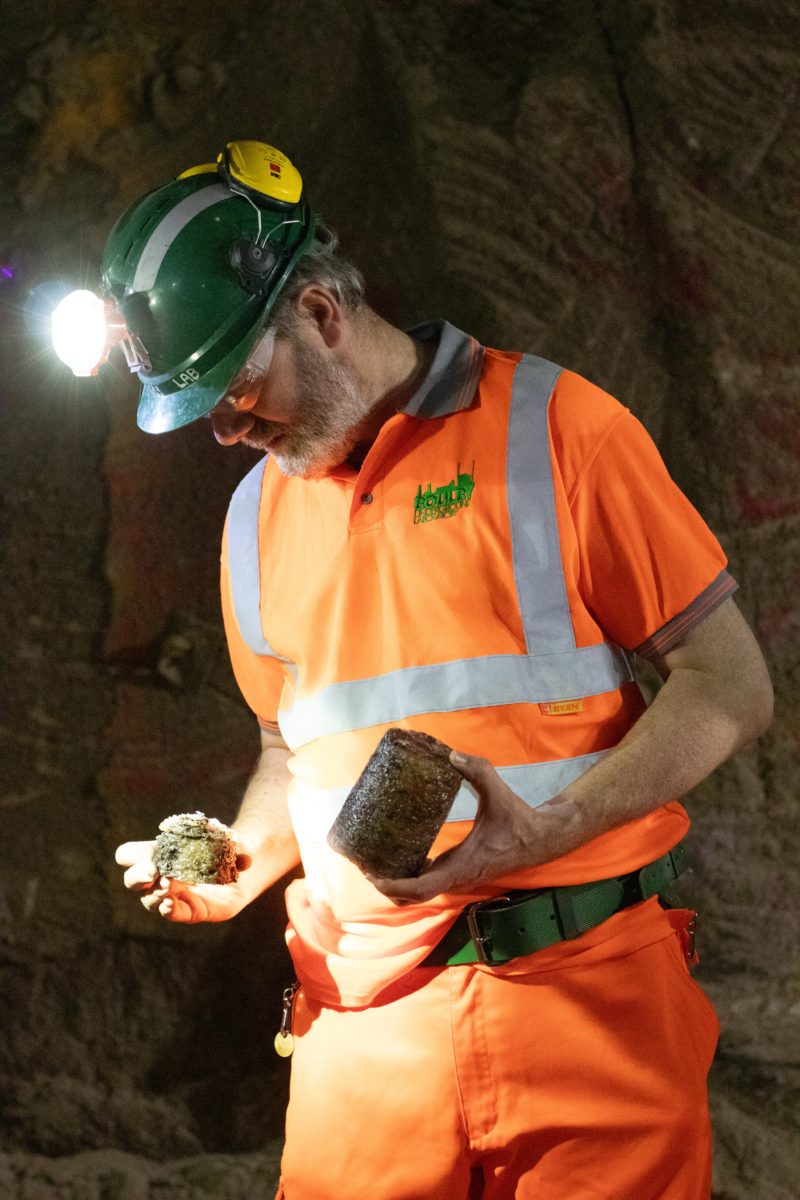On 24 January 2024, the Earth & Environment Research Group welcomed external speaker, Dr Lauren Rawlins, who recently completed her PhD at the Department of Environment & Geography at the University of York. Lauren presented her PhD research investigating the impacts of climate change on the glaciers of Greenland. Through remote sensing of the Humboldt Glacier in northwest Greenland, Lauren observed significant seasonal surface melting extending 80 kilometres inland from the coast. The formation of pooled water and drainage networks on the glacier’s surface lowers the surface ‘albedo’ (meaning its ability to reflect incoming solar radiation) and contributes to more melting. The surface meltwater can also infiltrate down to the base of the glacier where it can speed up the ice sheet’s advance toward the comparatively warmer coast, leading to further melting. Lauren’s talk also took us down to SW Greenland where she performed uncrewed aerial vehicle (UAV) surveys and some remarkable 3-D mapping of the smaller, Russell glacier, to study the distribution and interactions of surface meltwater with ‘cryoconite’ (dark patches containing algae, black carbon, and other dark coloured particulates that reduce surface albedo).
Lauren’s talk was riveting and, her research, scientifically rigorous. Understanding the sensitivity of the Greenland ice sheet to external factors is critical for predicting future change.
At the end of Lauren’s talk, our own Dr Adrian Dye asked her if she could offer any advice to our PhD and prospective PhD students. Amongst several words of wisdom, Lauren emphasised the importance of having a good rapport with your supervisor, ensuring that the University is a good fit, and, once the PhD project is underway, avoid biting off more than you can chew to avoid burnout.
Lauren’s recent publication can be found here https://tc.copernicus.org/articles/17/4729/2023/tc-17-4729-2023-discussion.html. For members of the research group who missed Lauren’s talk, you can find the recording on the Teams site.


